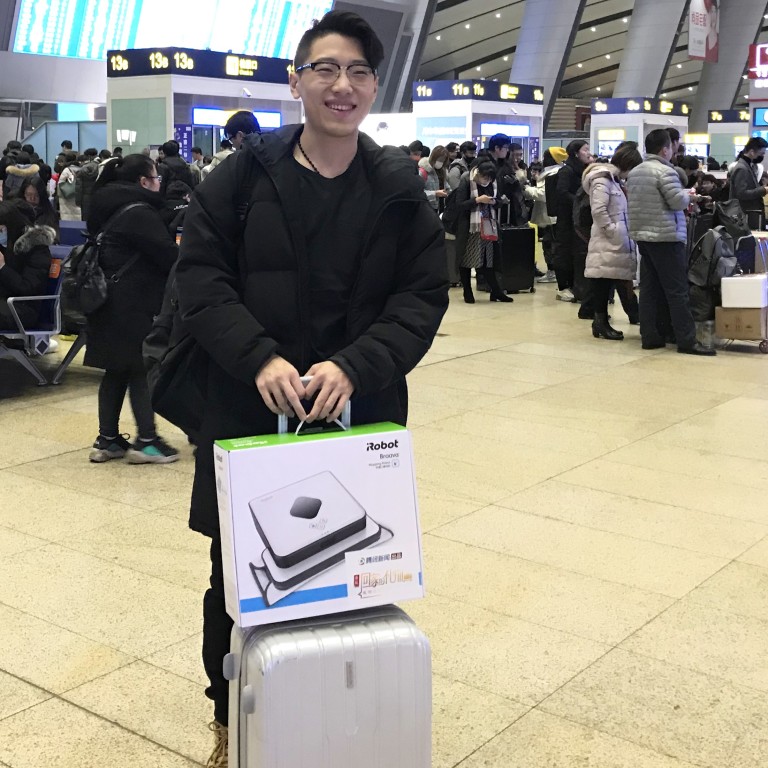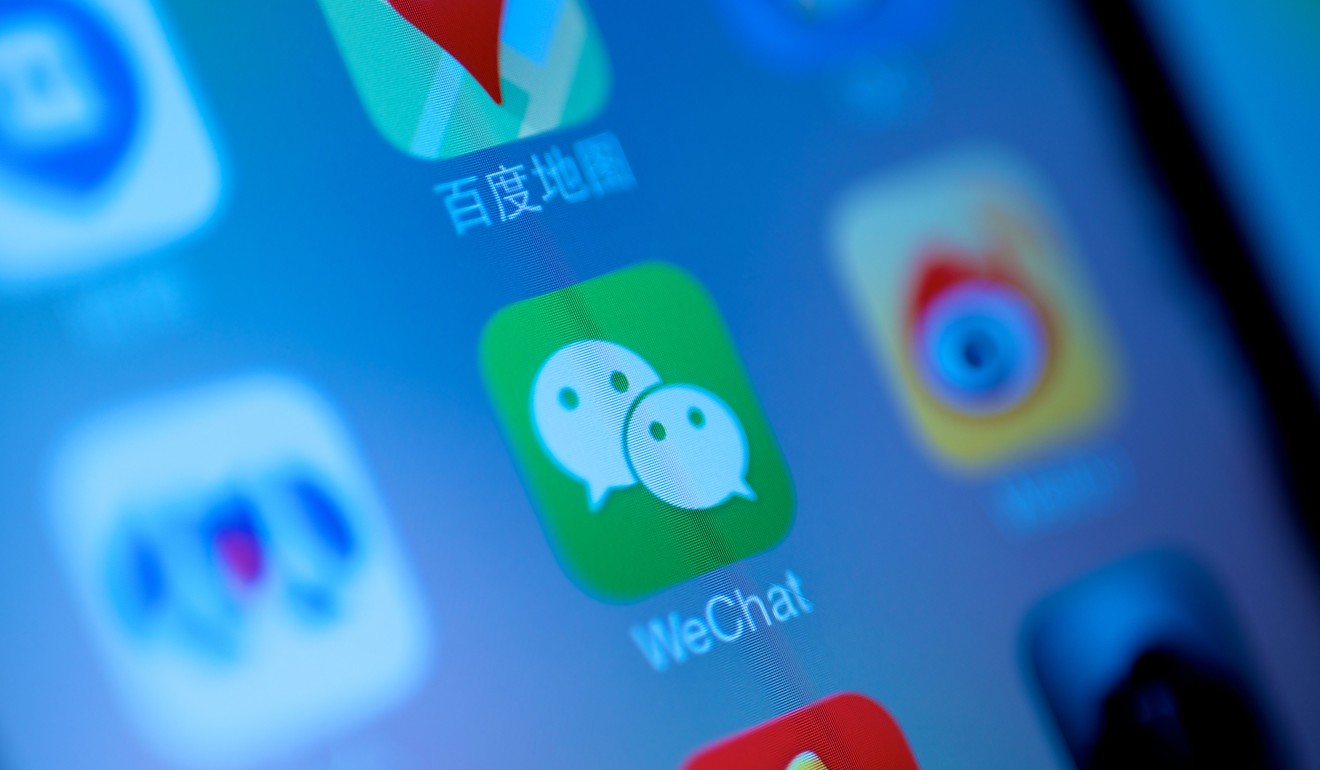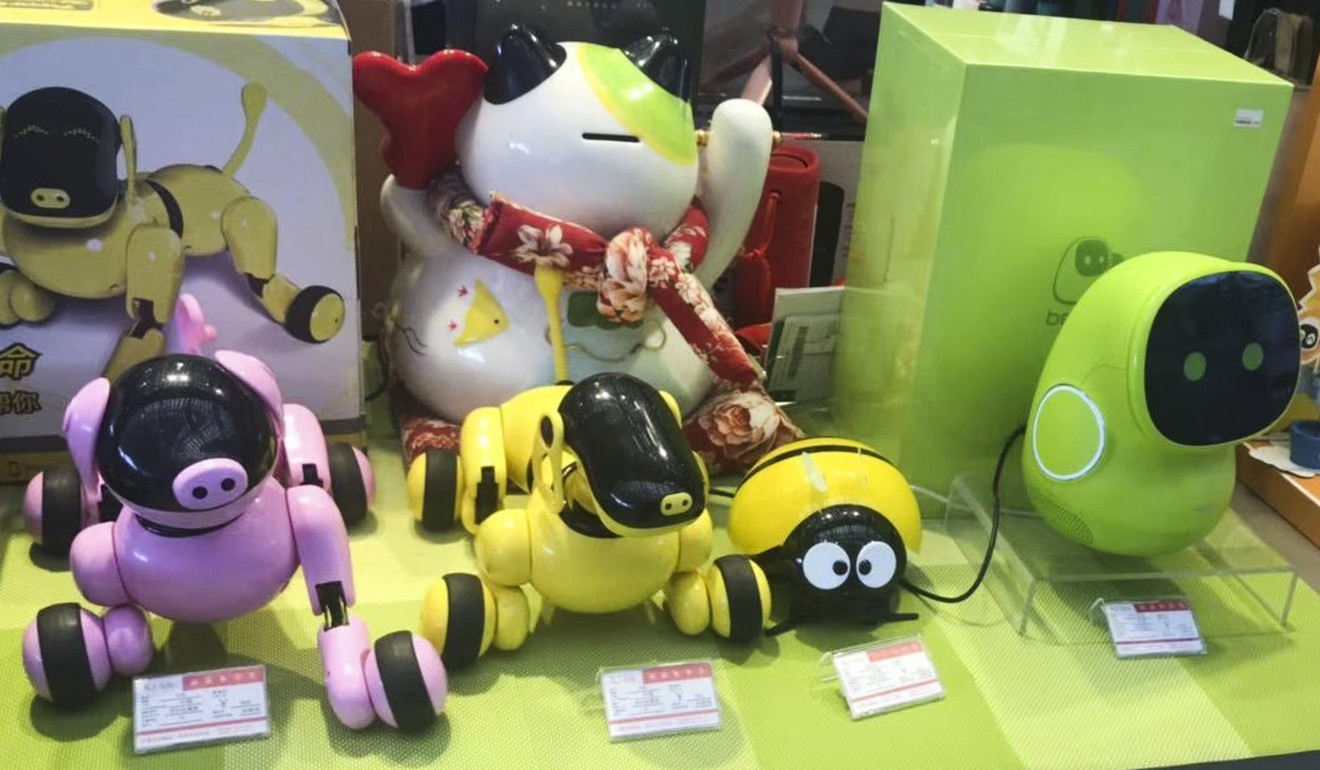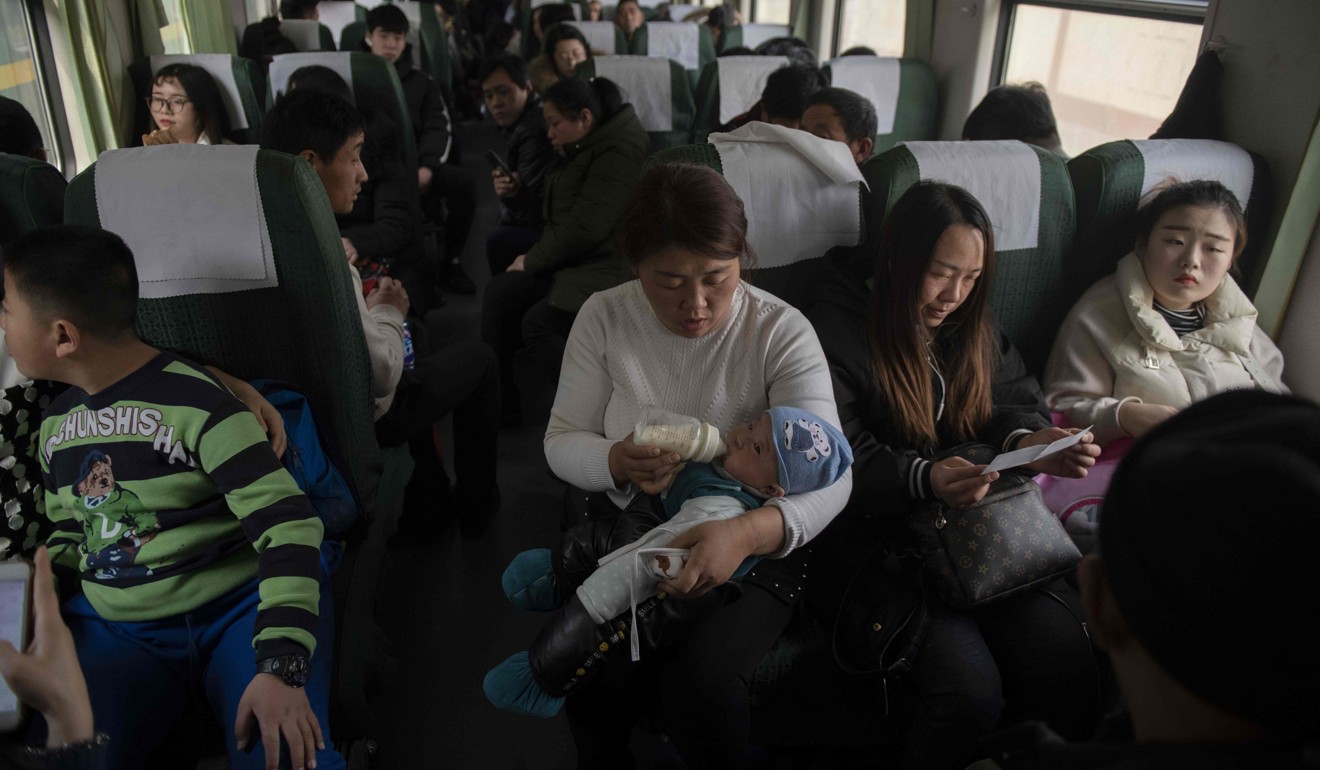
How China’s technology boom is changing New Year celebrations
- Traditions like cooking big New Year meals might be replaced by tapping an app, but technology is bringing China’s generations together
- But some question whether technology has changed the New Year atmosphere and whether it has resulted in people becoming lazy and introspective
For this Lunar New Year, Tiffany Chen is trying something unconventional and ordering in a meal for her family get-together.
In the past, Chen, who works in Beijing, would return to her hometown of Hefei, in east China’s Anhui province. Her family celebrated the holiday the traditional way, by cooking a large meal from scratch on Lunar New Year’s Eve.
But in recent years, attitudes have changed. Her mother felt cooking a big meal was a chore and she became fed up with oil and smoke. This year, Chen’s mother decided to visit her daughter in Beijing.
To keep the celebrations going, Chen started looking at restaurants, trying to make a reservation for a holiday dinner, but found they were packed and her family did not want to go out on a cold night. Then she logged onto Eleme, a food delivery service app, and searched “new year’s meal”.
“I actually found quite a few results, this apparently is a real thing now,” Chen said.
The ease of ordering takeaway food is one of many ways technology is changing how Chinese people celebrate Lunar New Year, and this change has been embraced by all generations, not just those raised with gadgetry that has become ubiquitous over the past 25 years.
Dining-out hopefuls using a service like Eleme find restaurants offer a variety of meals – from Peking roast duck to hotpot to common stir fry – for Spring Festival parties. A hotpot meal from restaurant chain Haidilao, for example, is marked “for five to seven people” at 499 yuan (US$71). For the culinary minded, Haidilao lists the ingredients of its meals in detail.
Ordering takeaways with a swipe of the finger on a mobile phone has been become a trend in China, supplanting the tradition of a home-cooked meal in some households.
Retailers looked to tap into this market as demand grew. Advertisements began flooding social media in the days and weeks before the holiday. One on WeChat read: “Do not want your parents to be tired cooking at home? Cannot get a restaurant reservation and do not want to clean up afterwards? How about getting your Lunar New Year’s meal delivered? None of these problems will matter.”

In bustling Shenzhen North railway station a week before New Year, a father hurries to catch a train, luggage in one hand, a packaged bluetooth speaker box in the other.
Yan Jianlong is from Changsha, in Hunan province. He works in Shenzhen, Guangdong province, as a designer, providing for his family back home.
This year, instead of local food or other specialities as gifts, he wanted to buy something hi-tech for his 10-year-old son.
“I heard he likes these kind of presents now,” Yan said. “He’s into singing, and the speaker can be hooked up to his phone.”
Others are on the same wavelength. Chen Zhiyang, who works at a shop that sells mobile phones, earphones and electronic toys at the railway station, said robotic toys such as dogs and drones were the most popular of all his merchandise during Lunar New Year.
An important tradition – when children receive lucky money in red envelopes – has not escaped the wave of modernity.
Red envelopes are traditionally given during the holiday. China’s instant messaging tool WeChat, developed by internet giant Tencent, has a function to allow people to send money directly in electronic “red envelopes” attached to messages.
Records provided by Tencent to the South China Morning Post show the popularity of this feature has increased every year since its introduction in 2014.

In 2018, 688 million people sent red envelopes on Lunar New Year’s Eve, an increase of 15 per cent year on year.
Meanwhile, a photo went viral online recently that perhaps demonstrated changing times the best. In it, two toddlers were posed with QR codes on placards hung around their necks.
Captions on the cards read: “Many people don’t carry cash around any more. In order to not affect your children receiving their New Year’s money, please read these cards.”
The QR code directs users to a shop in Fujian province.
Technology means that even the traditional get-together has changed, and people can chat to one another by video and share holiday blessings no matter how far apart they are.
Beijing resident Wang Xiaoya said she would visit a friend in Brazil this year, and she could do so without feeling she had neglected her family as she would chat online to her mother and grandparents during the holidays.
This technology is not the preserve of the young – Wang’s grandmother has learned how to use smartphones. “It has really made it more convenient for families and friends to get closer,” Wang said.

There have been questions on social media about whether technology has changed the atmosphere at New Year and whether it meant people have become lazy and introspective.
“I think what technology changed are only formalities,” Chen said. “It does not matter how you celebrate the New Year, whether you are eating in, eating out, or ordering – the core is who you celebrate it with.”

.jpg?itok=H5_PTCSf&v=1700020945)